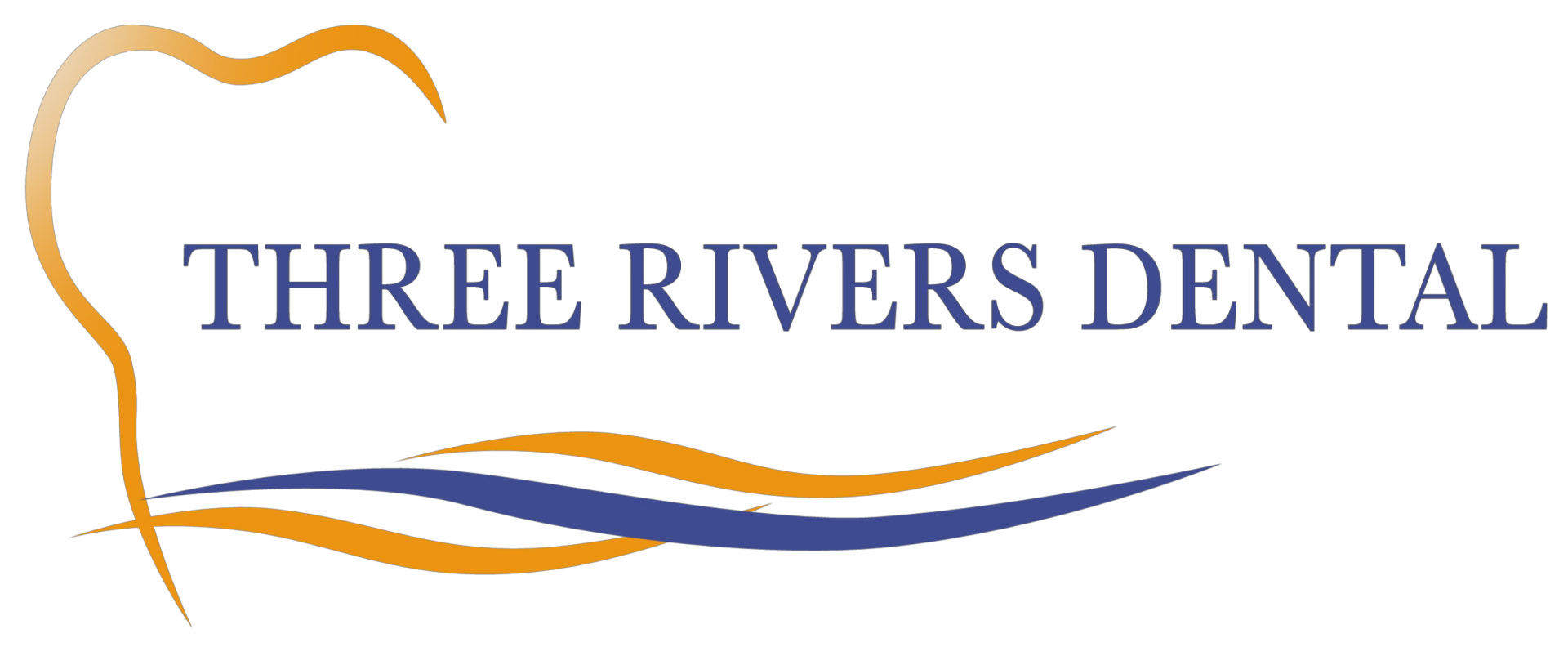In the world of dentistry, digital technology is positively impacting the way dental treatment is delivered. Nowadays, dental imaging technology is more advanced than ever before. Let’s dive into some of the latest trends shaping how dentists diagnose and treat their dental patients.
The use of technology in the field of dentistry has made great strides in recent years. Technology is allowing for faster and more efficient dentistry treatments including crowns, dental implants, composite fillings, and full and partial dentures. Modern technology is playing an integral role in restoring teeth and helping patients maintain their oral health.
Digital Imaging and X-Rays
Digital x-rays are one of the most common forms of imaging technologies used in dentistry today. This imaging delivers a clearer view of teeth and jawbone structures. With this information in hand, dentists can accurately diagnose dental issues and address treatment plans. Digital x-rays also produce less radiation than traditional film radiographs, making them safer for patients and dental staff members alike.
Digital x-ray technology produces clearer images, making it easier for dentists to diagnose and treat dental problems with greater accuracy. They can even detect or help prevent oral health issues including dental plaque buildup, tooth decay, gum disease, and cavities.
Digital imaging enables the accurate and efficient completion of advanced treatments such as root canals, periodontal surgeries, and TMJ therapy. This treatment enables more precise placement of fillings, dental implants, crowns, and other dental work to replace missing teeth.
3D Printed Models
3D printed models are becoming increasingly popular in the field of dentistry. The technology allows dental professionals to generate detailed models from CT scans or impressions of a patient’s mouth. This helps dentists improve dental treatment plans based on their patient’s needs.
Dentistry Today reports that 3D-printed technology is helping dentists create restorations specifically tailored to their patient’s unique dental needs. The application is working best for properly fitting patients for common types of dental restoration. This includes dentures, dental implants, dental crowns, bridges, and other vital dental devices.
This technology can go beyond its usual capabilities in some cases. The 3D models provide dentists with an improved comprehension of a patient’s dental anatomy. It can create customized prosthetic crowns and bridges to match the shape of a natural tooth or natural teeth.
Intraoral Cameras
Intraoral cameras are gaining traction. Dental hygienists and dentists use intraoral cameras to educate their patients about oral health. GlobeNewswire reports their use has enabled dentists to obtain high-resolution images. These images show fissures and pits, which can help dentists identify the risk of caries in patients at an early stage.
With the use of the intraoral camera, the patient is also able to review the condition of their teeth and accurately diagnose dental health problems. Additionally, they can provide preventative care and treatment recommendations for any type of dental restoration.
Intraoral cameras can also be used during dental exams to detect the early stages of cavities or gum disease. These early detection methods are incredibly beneficial for long-term oral health maintenance. They also help prevent the need for dental restorative treatments down the line.
CAD/CAM Technology
Dental implant procedures are now more accessible and affordable due to groundbreaking innovations with computer-aided technology. This technology simplifies restoring the natural look of teeth. As a result, dentistry treatments are faster and more efficient.
CAD/CAM technology is used to construct tooth structure restorations including crowns, inlays, veneers, bridges, dentures, and dental implants. Dental restoration can now be delivered more quickly and effectively.
GlobeNewswire reports various technological advancements. These advancements include computer-aided design (CAD), 3D imaging, laser dentistry, and nanotechnology. This technology simplifies dental implant procedures and reduces the time spent carrying out customized tooth restoration services.
All of these advancements combine to make dental care much easier and more efficient for both the patient and the dentist. Dentists are now able to provide superior oral health care with fewer visits. These technological advancements are improving patient care.
Dental imaging technology has made it easier for dentists to accurately diagnose and treat their patients with greater accuracy. New technologies such as digital x-rays, 3D printing models, and intraoral cameras provide useful insights into a patient’s oral health. This enables effective dental solutions to be identified and implemented quickly for restoring a tooth.
At Three Rivers Dental Group we can work together to treat and even prevent dental issues. We deliver oral health treatment and offer sedation dentistry solutions for dental needs including crowns, dental fillings, dental implants, dentures, and more. Contact us at (1) 855-4-NO-FEARS or request an appointment online. We are conveniently located throughout the Pittsburgh area in Cranberry, Greentree, Greensburg, and Jennerstown
